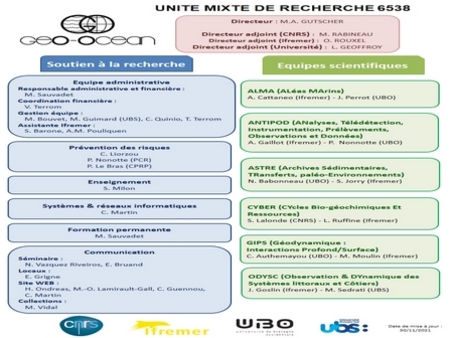Hydrothermal plumes
Hydrothermal plumes arise from volcanic and tectonic processes along mid-ocean ridge systems (the birthplace of the oceans) that encircle the globe or within back arc basins. These volcanic and tectonic processes fuel movement and heat exchange between the lithosphere (the inside of the earth) and the ocean.
The distinctive geological context of these zones provide the ideal situation for the development of hydrothermal systems which are characterized by the circulation of seawater within the ocean crust. Seawater infiltrates rocks on the seafloor and through the exchange of minerals gradually modifies its chemical and physical state, accumulating gas (methane and sulphides) and metals and increasing in temperature (up to 300°C). This modified seawater, which is now called hydrothermal fluid, is ejected through hydrothermal vents in the ocean in the form of hydrothermal plumes.
These plumes correspond to bellowing clouds of a mixture of hot hydrothermal fluid and surrounding seawater and are often black or white depending on their mineral particle composition. They can be compared to clouds of smoke expelled into the ocean which is why they are often called black or white "smokers". The plumes chemically modify their environment and therefore influence the biological and microbiological organisms around the hydrothermal sources.
Hydrothermal plumes are located just above hydrothermal sources but they may be detected over several hundreds of kilometers through the ocean.
The plumes are of a very different chemical and physical signature to the surrounding seawater : very often, their temperature, particle content and gas and metal concentrations are considerably higher. Through in situ measurements (gas, temperature, turbidity) and analyses (gas, metals), we are able to follow their dispersion and apprehend the chemical and biological impact they may have on the ocean.
We have hence developed an in situ measurement and sampling strategy to study the hydrothermal plumes at different scales :
- hydrothermal fluid expelled into the ocean
- the plume directly above the source
- the plume exported far from the source
- particles created within the plume which settle further away

